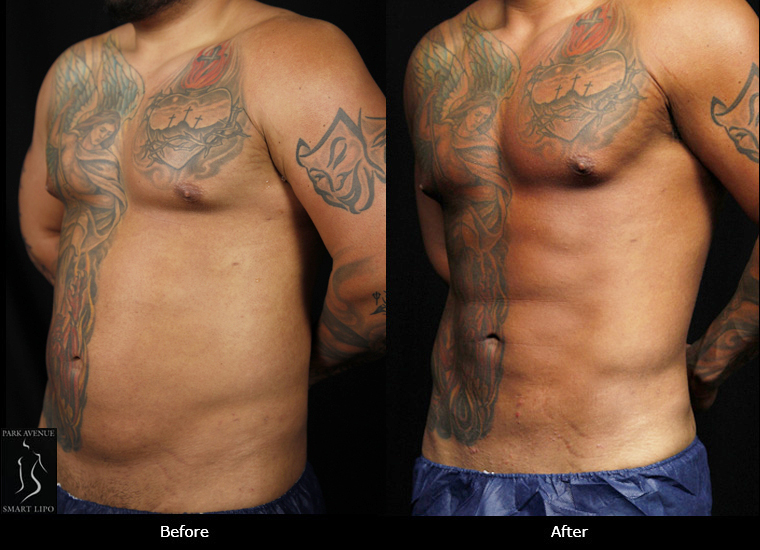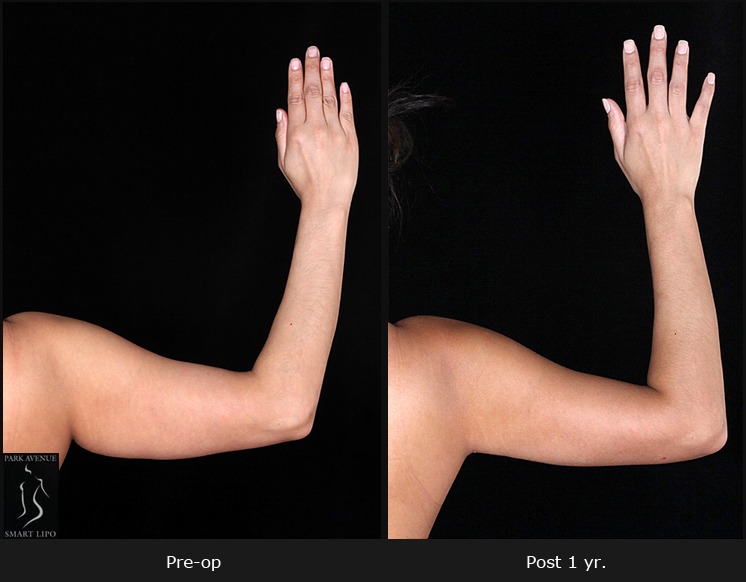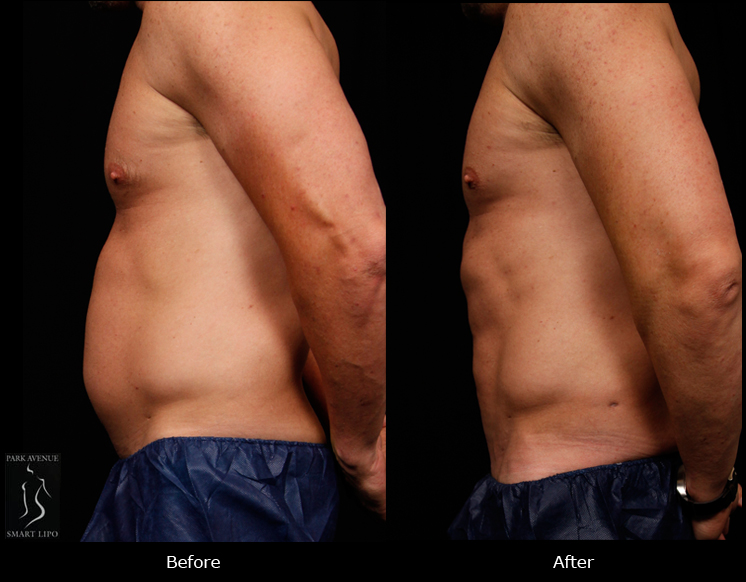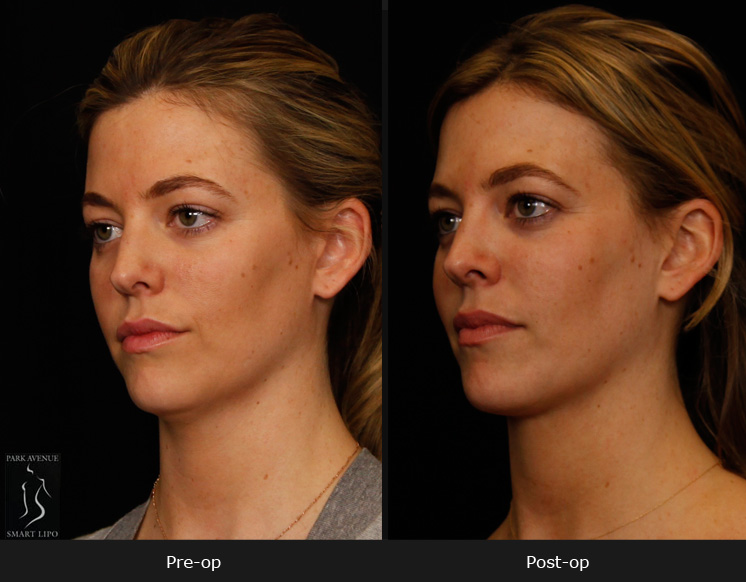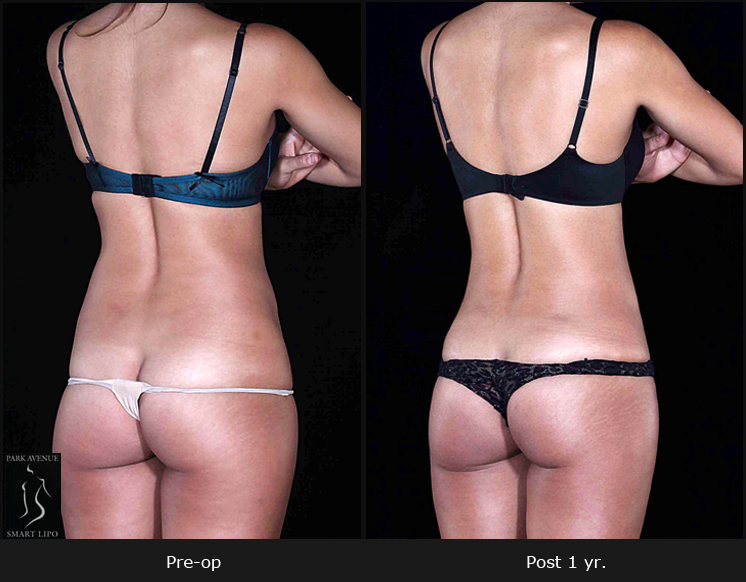Liposuction surgery is not a weight loss surgery and is a great solution for those looking to shape up their body. You need to be close to your ideal body weight to be the right candidate for the procedure, and there are some limits as regards the quantity of fat that can be safely removed from your body. However, a report published last September in CBS News notes that more fat can be removed from a person’s body through liposuction process than previously believed.
As per the earlier guidelines followed by the surgeons, a maximum extraction limit of 5,000 milliliters of fat (11 pounds) was set for a liposuction patient. This is regardless of variations in weight or body fat status. As per the new study, body mass index (BMI) can be used to decide how much fat can be safely removed. This factor is nothing but a rough estimate of an individual’s body fat calculated using height and weight measurements. However, this guideline is just a recommendation and there is no law or solid proof linked to it.
According to the former president of the American Society of Plastic Surgeons (ASPS), Dr. Scot Glasberg, the notion of a sliding scale based on BMI makes a lot of sense. Liposuction is a very safe procedure. However, the situation is entirely different when you take 10 pounds or more from a person who weighs 130 pounds and when you take the same from a person who weighs 230 pounds.
A study report based on how BMI matters when it comes to safe fat removal with liposuction was published in the September issue of Plastic and Reconstructive Surgery. This considered the cases of 4,500 liposuction patients. They found that the complication risk rose as the amount of fat removed increased. When the fat extraction averaged about 4.5 pounds per candidate, higher-than-average complication rate of 3.7 percent was noted for those who had over 11 pounds of fat removed.
The researchers noted that the key factor in complication risk is BMI. According to the study authors, those with a higher BMI could tolerate large-scale fat removal than those with a lower BMI. However, they also pointed out that even when BMI could be a useful index for pre-determining safe levels of fat removal, the distinctive risk factors for specific individuals must be considered.
Approach a good liposuction surgeon in Manhattan, NYC to undergo your body contouring procedure. Only a good surgeon can identify if you are the right candidate for the procedure and offer personalized solutions.

